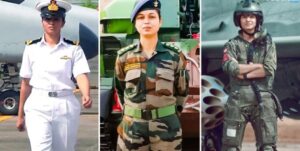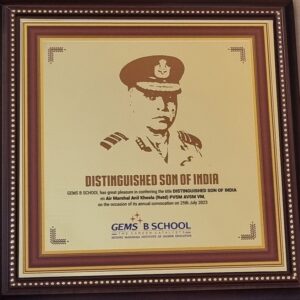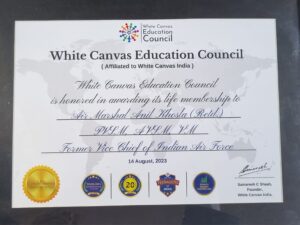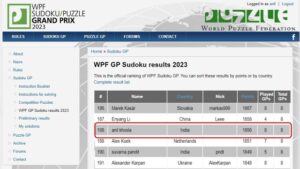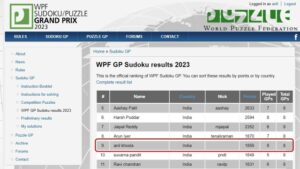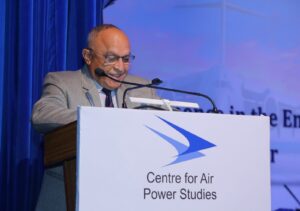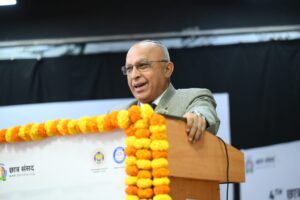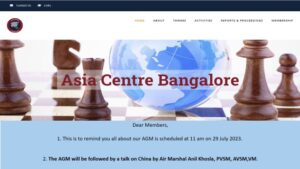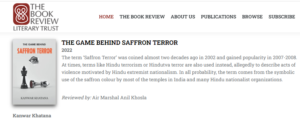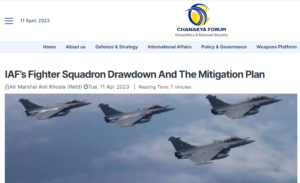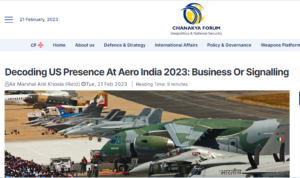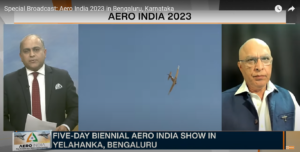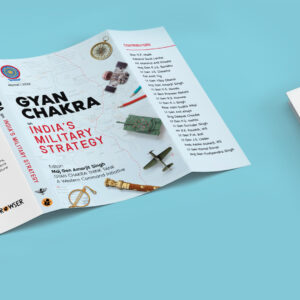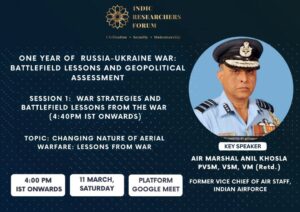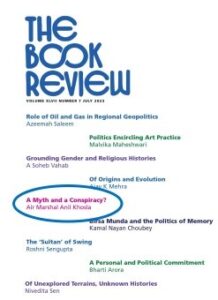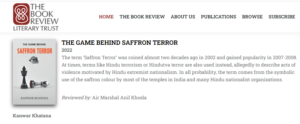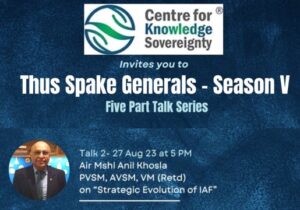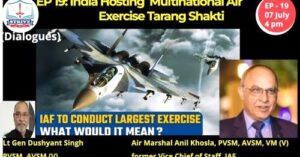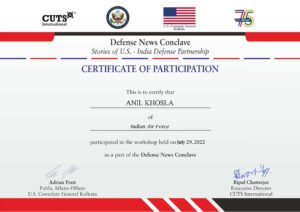
Interacted with Journalists on military exercises in general and Ex Bright Star in particular, and provided the necessary inputs, views and clarifications.
Gist of inputs:
- India and Egypt Defence cooperation has been progressing well with mutual high-level visits, exercises, training etc.
- The Indian Air Force has been participating in bilateral exercises with the Egyptian Air Force.

- The exercises are carried out as part of defence diplomacy due to reasons like learning best practices from each other, maintaining good military relations, increasing interoperability, political signalling, and showcasing of indigenous defence equipment etc.
- The Indian Air Force is moving from bilateral to multilateral exercises.
- It has already participated in them but now it is hosting one in a few months.
- In future the defence exercises will become multilateral, multiservice and multidomain.
Military Exercises
IAF conducts regular exercises with friendly foreign countries. These exercises involve lot of detailed planning and preparation. The preparations start almost six months prior or earlier.
These exercises are bilateral or multilateral, single service or multi service. The trend is changing from bilateral single service exercises earlier to multilateral multi service exercises now.
IAF has carried out exercises with Air Forces of many countries including USA, Russia, UK, France, Australia, South Africa, UAE, Singapore, Oman and Thailand etc.
The level of exercise (i.e. number of aerial assets, duration of exercise and type of air combat missions) depends from country to country. These vary from short duration exercises with few assets on themes like HADR to full fledged combat exercises with large number and variety of platforms carrying out complex LFE (large scale engagement) missions.
The frequency of carrying out exercises also varies from country to country. With some countries it is regular once every two or three years. With others it is less often, once in 3 to 5 years. Generally during transit for bigger exercises, some smaller exercises are carried out during the stop overs en route (Out bound or inbound leg). These are called hop exercises.
There are many advantages of these exercises. These exercises are part of defence diplomacy and political signaling in the larger scheme of international relations and engagements. At operating level, the participants learn about the best practices from each other and It broadens their horizon and prepares them for their future assignments. Further it improves interoperability between the participating forces. The advantages accrued out of these exercises far outweigh the effort and money spent on them.
Link to one of the article on Ex Bright Star 23
Link to another article
Suggestions and value additions are most welcome
For regular updates, please register here
References and credits
To all the online sites and channels.
Pics courtesy internet
Disclaimer:
Information and data included in the blog are for educational & non-commercial purposes only and have been carefully adapted, excerpted, or edited from sources deemed reliable and accurate. All copyrighted material belongs to respective owners and is provided only for purposes of wider dissemination.

